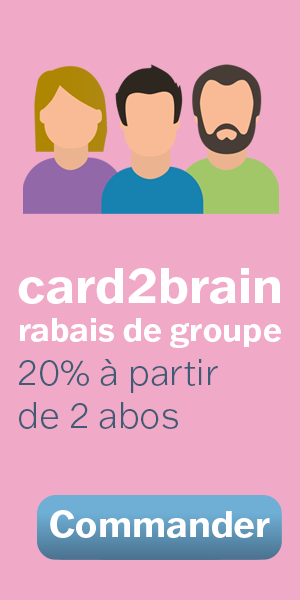Carbohydrates
Monosaccharide naming, carbohydrate naming, monosaccharide position of functional group, glucose, fructose, other monosaccharides, reducing sugars, gylcosidic bond, disaccharides, polysaccharides, special carbohydrates
Monosaccharide naming, carbohydrate naming, monosaccharide position of functional group, glucose, fructose, other monosaccharides, reducing sugars, gylcosidic bond, disaccharides, polysaccharides, special carbohydrates
Fichier Détails
| Cartes-fiches | 12 |
|---|---|
| Langue | English |
| Catégorie | Biologie |
| Niveau | Université |
| Crée / Actualisé | 07.01.2020 / 11.01.2020 |
| Attribution de licence | Non précisé |
| Lien de web |
https://card2brain.ch/box/20200107_carbohydrates
|
| Intégrer |
<iframe src="https://card2brain.ch/box/20200107_carbohydrates/embed" width="780" height="150" scrolling="no" frameborder="0"></iframe>
|
Monosaccharide naming (3,4,5,6,7 + example each)
Triose (Glyceraldehyde), Tetrose (D-Erythrose), Pentose (Ribose), Hexose (Glucose), Heptose (Mannoheptulose)
Carbohydrate naming (1 unit, 2 units, multiple units, lots of units)
Monosaccharide (monomer), Disaccharide (dimer), Oligosaccharide, Polysaccharide
Aldohexose v. Ketohexose (position and name of functional group)
Aldohexose has an aldehyde (O=C-H) on the first carbon (position 1), Ketohexose has a ketone (C=O) on the second carbon (position 2)
Glucose (straight chain, cyclical form, numbering of carbons, difference between alpha & beta forms)
Glucose is a monosaccharide with six carbons (hexose) with an aldehyde group on the first carbon (O=C-H).
It appears in a straight chain but can transform into a ringform where the C5 hydroxyl group (O-H) reacts with the aldehyde group on the C1.
Numbering starts at the carbon (C1) connected to the aldehyde group and follows the longest line untl C6.
Alpha and beta are both glucose but enantiomers (mirror images). The difference is the location of the hydroxyl group (aplha: beneath the C1, beta above C1)
Alpha and beta are enantiomers (mirror images from each other), where the alpha has the hydroxyl group beneath the C1 and the beta above the C1
Enantiomer
Pair of molecules that are mirror images of each other
Fructose (straight chain structure, cyclic structure, numbering of carbons)
Ketohexose (C=O group at C2 and six carbons)
C6H12O6, whereas two carbons in cyclic form are outside the ring
There are 4 cyclic structures: alpha fructofuranose & beta fructofuranose (C1&C6 are not in ring) and alpha fructopyranose & beta fructopyranose (only C1 is not in ring)
Structure of galactose, ribose, deoxyribose (chemical formula but no structure)
Galactose: C6H12O6 (aldohexose, same as glucose but hydroxyl group is above C4)
Ribose: C5H10O5 (aldopentose, same as deoxyribose just an OH at C2)
Deoxyribose: C5H10O4 (aldopentose, same as ribose just an H at C2)
Benedict's Reaction
BR test's if a sugar is reducing or non reducing. The benedicts reagent (copper (II) sulphate etc. forming a alkaline, aqaeous solution) is mixed with a solution of a sugar (like glucose). The glucose is oxidising (losing an electron) whereas the copper (II) is reduced and gains the electron from the sugar. This turns the copper into copper (I) and is a percipitate with an brick red colour.
OIL RIG (oxidation is loss, reduction is gain of electrons)






